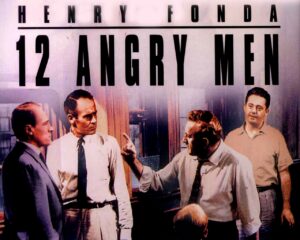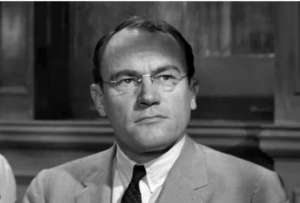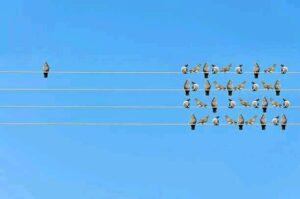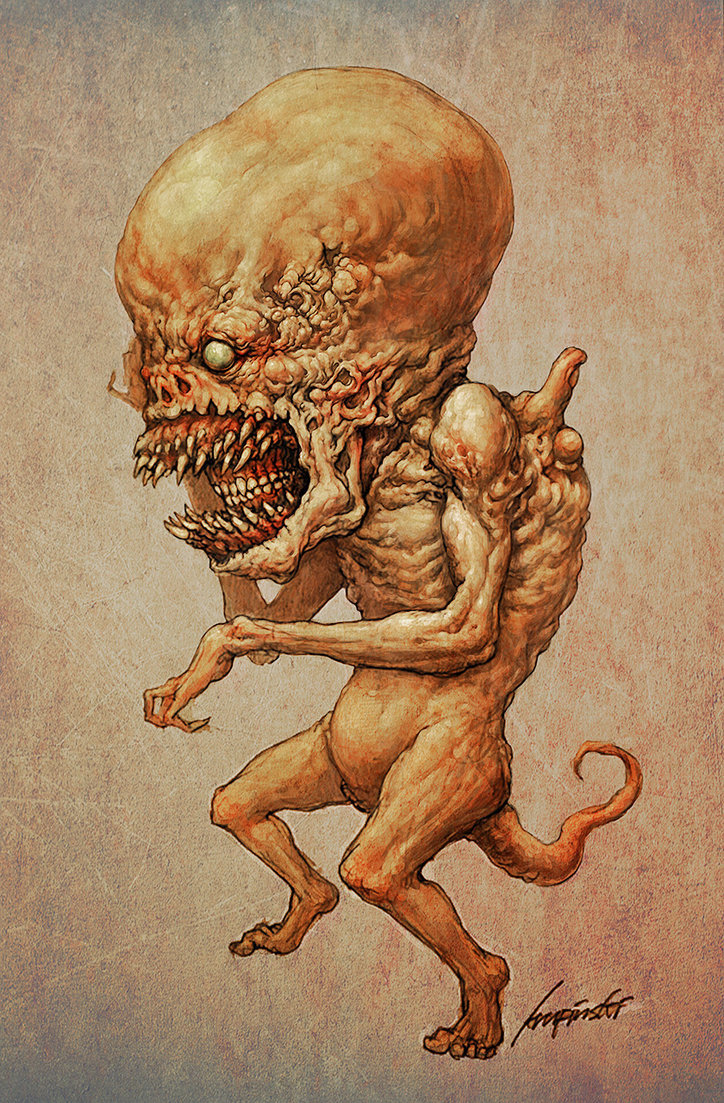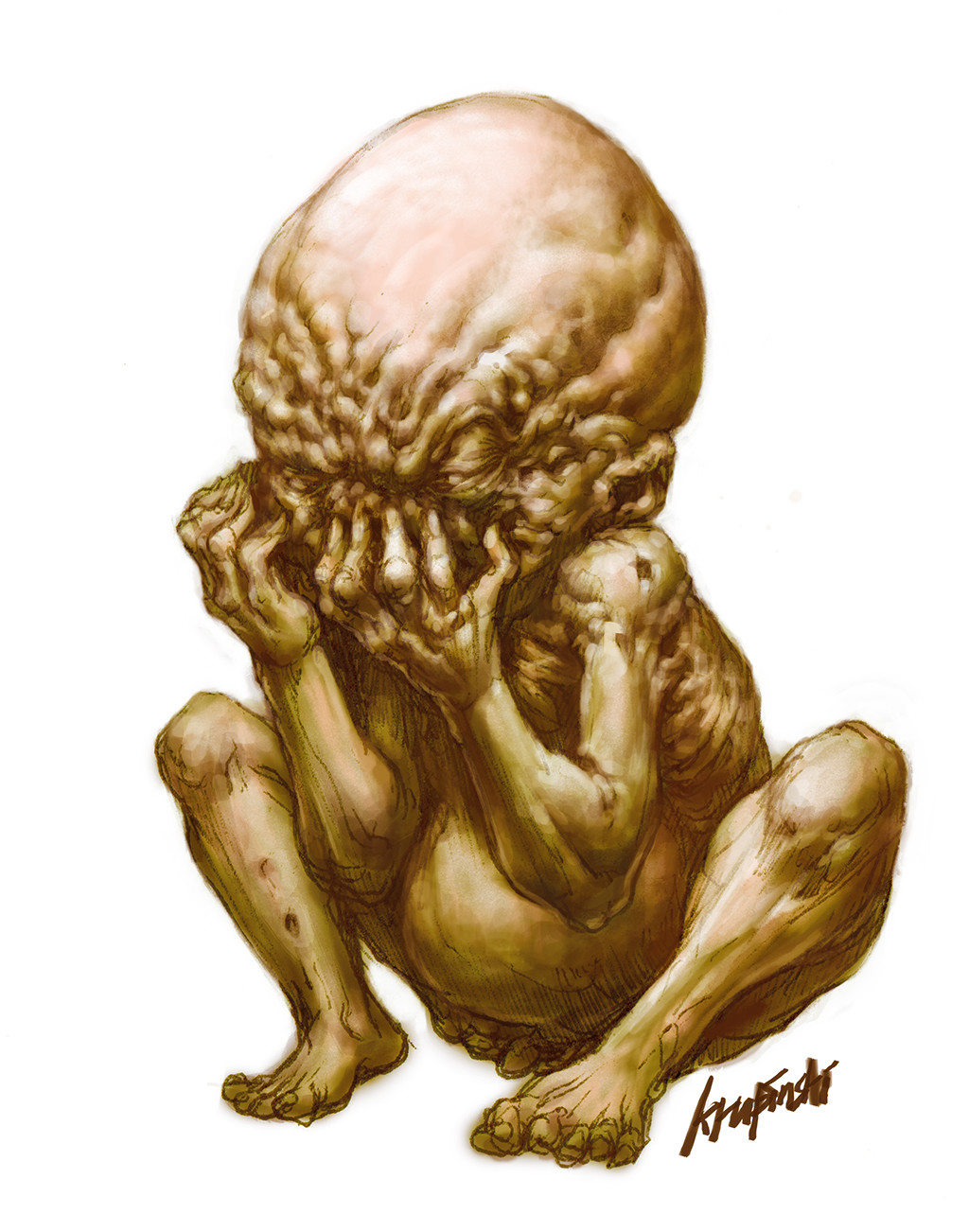This post is based on the following chapter in the Encyclopedia of Heroism Studies:
- Allison, S. T. (2023). Red Bike Moment. In S. T. Allison, J. K. Beggan, and G. R. Goethals (Eds.), Encyclopedia of Heroism Studies. New York: Springer.
The Red Bike Moment is the most pivotal, life-changing event in a person’s life. The crucial event is usually a loss or failure that marks the beginning of the transition from an ordinary person into a hero.
The phrase “Red Bike Moment” comes from a life-changing incident in the life of Muhammad Ali, the iconic heavyweight boxing champion of the 1960s and 70s. When Ali, then known as Cassius Clay, was 12 years old, his red Schwinn bicycle was stolen. After reporting the theft to the police, young Cassius told Officer Joe Elsby Martin that he intended to find and confront the thief. Martin, who also ran a local gym, suggested that Cassius learn how to fight before seeking revenge. Following this advice, Cassius embarked on a journey that would not only make him a legendary boxer but also a global hero, philanthropist, and goodwill ambassador for millions.
Despite its name, the Red Bike Moment can unfold over days, weeks, or even months. Typically, this involves a crisis that leads to emotional turmoil such as sadness or anger. During this time, a mentor or helper appears at just the right moment, offering exactly the guidance the hero needs. A key aspect of this moment is the fortunate and timely arrival of this helper, coupled with the hero’s ability to recognize and seize this opportunity. Following the mentor’s advice, the hero takes decisive action, transitioning from a passive victim to an active participant in shaping their future heroic journey.
Four Components of the Red Bike Moment
There are four components of the Red Bike Moment: (1) a setback that occurs early in the hero’s life; (2) a deficiency in the hero that the hero appears powerless to resolve; (3) a mentor who arrives to help the hero; and (4) the strategic use of luck, an often overlooked factor contributing to the success of the hero on their journey.
- The Setback
All Red Bike Moments begin with a loss, failure, disaster, illness, or some other significant setback. For young Cassius Clay, it was the theft of his red Schwinn bicycle. Psychology research shows that people take actions to prevent future bad events by restoring order, control, and predictability in their environment (Taylor & Fiske 2017). Thus the Red Bike Moment represents a natural and healthy response to adversity.
There are many significant examples of Red Bike Moments in the lives of heroes. Oprah Winfrey endured years of abuse as a child and became pregnant at age 14. When her baby tragically died shortly after birth, Oprah was devastated. Her father, Vernon Winfrey, provided her with the crucial support she needed by telling her, “This is your second chance.  This is your opportunity to seize this moment and make something of your life.” This encouragement motivated Oprah to transform her life. She became an honors student, joined her school’s speech team, entered (and won) a beauty pageant, and secured a job at a local radio station. This marked the beginning of Oprah’s heroic journey.
This is your opportunity to seize this moment and make something of your life.” This encouragement motivated Oprah to transform her life. She became an honors student, joined her school’s speech team, entered (and won) a beauty pageant, and secured a job at a local radio station. This marked the beginning of Oprah’s heroic journey.
After rising to fame as a country rock star, Johnny Cash became addicted to alcohol and prescription drugs. His addictions led to numerous arrests for drunken and disorderly behavior, and he came close to death several times. Following yet another arrest in Georgia in October 1967, Sheriff Ralph Jones had a deep and meaningful conversation with Cash, highlighting how he was destroying his life and what he needed to do to get sober. Cash later credited Jones with helping him turn his life around (Hilburn 2014).
In fiction, many iconic heroic characters experience memorable Red Bike Moments. In The Wizard of Oz, Dorothy survives a tornado and finds herself lost in a strange new world. She receives guidance from Glinda the Good Witch and shows determination in following Glinda’s advice. In It’s a Wonderful Life, George Bailey faces accusations of embezzlement and the threat of jail and disgrace. His guardian angel Clarence arrives at just the right moment, providing George with the insights he needs to avoid legal trouble and enjoy a happy, fulfilling life. Not all fictional Red Bike mentors are supernatural; in The Karate Kid, young Daniel LaRusso has a Red Bike Moment similar to that of young Cassius Clay. He must learn to defend himself, and he takes to heart the timeless wisdom imparted by his sensei, Mr. Miyagi.
- The Deficient Hero
The Red Bike Moment happens when the hero is missing a crucial inner quality necessary for their growth into their best self. At this point in their lives, heroes are often deficient because they are usually young and still in the early stages of their development. This deficiency could be moral, emotional, intellectual, spiritual, physical, or motivational (Allison, Goethals, and Kramer 2017). For instance, Cassius Clay lacked physical skills, Oprah Winfrey lacked motivation, and Johnny Cash had a spiritual deficit. Dorothy and George Bailey both lacked important understanding of what “home” truly means. Daniel LaRusso not only needed to develop physical skills but also required moral, motivational, and spiritual guidance.
- The Mentor
Mentors typically possess a special kind of authority, whether through their appearance or reputation, which gives them the credibility to be taken seriously by the hero during a time of need. Both Muhammad Ali and Johnny Cash required the guidance of police officers to embark on their heroic paths. Oprah’s father also had a significant level of authority. In fiction, a mentor’s authority often stems from their exotic or otherworldly nature. For example, Yoda in Star Wars, Jiminy Cricket in Pinocchio, Glinda in The Wizard of Oz, and Clarence in It’s a Wonderful Life all have an air of the extraordinary. While Mr. Miyagi in The Karate Kid wasn’t a supernatural figure, the film used his Asian heritage to imbue him with a mysterious and authoritative presence within the story’s context.
- The Strategic Use of Luck
Scholars of heroism often tend to overlook or minimize the role that luck plays in a hero’s success on their journey. While it’s uncomfortable to think that heroism might depend on chance, and indeed it largely doesn’t, as heroes must make deliberate choices and take actions that drive their journeys forward, it’s also important not to ignore the influence of serendipity. Heroes often benefit from a fortuitous meeting with the right person, in the right place, and at the right time. Luck in a hero’s journey can often be categorized into these three elements: person, place, and time.
Consider what would have happened if young Cassius Clay had reported his stolen bike to a different officer instead of Joe Martin. Only Martin was in the unique position to direct Clay to the gym for boxing lessons. Similarly, Johnny Cash met the ideal law enforcement officer in Ralph Jones, and Daniel LaRusso found the perfect mentor in Mr. Miyagi. Location also plays a role in luck. Bill Gates and Steve Jobs may have transformed the computer industry, but imagine their chances of doing so if they had been born in Slovenia or Indonesia instead of the USA. Likewise, Martin Luther King Jr. might never have become a civil rights leader if he had not been born in the southeastern USA, where racial equality conflicts were reaching a boiling point.
Timing plays a critical role as well. In the film Cast Away, Tom Hanks’ character, Chuck Noland, is eventually rescued after being stranded on a South Pacific island for years. His luck came in the form of a random freight ship that spotted his rudderless, makeshift raft. Although it seemed like pure chance, Franco (2017) suggests that heroes often use luck strategically. In desperate situations, they make decisions that shift their chances of success from zero to just above zero. Noland’s stroke of luck came when a port-o-potty washed ashore, which he creatively used to build his raft. While luck was involved in the arrival of the debris and the ship’s sighting, Noland’s resourcefulness and actions played a significant role in creating that opportunity. This illustrates the wisdom in the saying that “luck is the residue of design.”
In his book Outliers, Malcom Gladwell (2008) presented evidence that some of the world’s greatest icons have relied on luck, probably unknowingly, to achieve their immense success. Both Bill Gates and Steve Jobs were born in the mid-1950s, allowing them to reach young adulthood at exactly the time that the personal computer revolution was unfolding. Had they been ten years younger, or ten years older, the timing would likely have precluded their ability to exert a heroic impact on the world.
Franco (2017) references Ralph Waldo Emerson’s saying that “Good luck is another name for tenacity of purpose” (Emerson, 1888). While heroes may experience luck, they often create their own opportunities. Chuck Noland took a risk with his makeshift raft. Oprah was driven by her father’s encouragement to focus on her education and career. In the film Casablanca, Victor Lazlo’s fortunate escape from Casablanca largely depended on the complicated relationship between his wife, Ilsa, and Rick Blaine. Lazlo could have ruined his chances by reacting with jealousy, but instead, he used emotional intelligence to let a series of favorable events unfold. This demonstrates that what seems like luck often involves the convergence of fortunate circumstances with some form of heroic intelligence or strategy. This blend of luck and strategy perfectly encapsulates young Cassius Clay’s Red Bike Moment.
Conclusion
The Red Bike Moment serves as a pivotal catalyst for a heroic transformation. It involves the convergence of various events in time and space that initiate the metamorphosis of an ordinary individual into a hero. There appear to be different forms of the Red Bike Moment, depending on the nature of the setback and the type of transformation it triggers. For instance, in 1980, Candice Lightner’s daughter was tragically killed by a drunk driver, prompting Lightner to establish Mothers Against Drunk Driving (MADD). Her response to this loss was undeniably heroic, though it seems qualitatively different from Cassius Clay’s reaction to the theft of his bike. Future research could explore the distinctions among different types of Red Bike Moments.
Not every person is guaranteed a Red Bike Moment, and countless individuals may never have the opportunity due to their circumstances. However, some very fortunate people might experience multiple Red Bike Moments. For instance, Johnny Cash had the advantage of his wife, June Carter, stepping in repeatedly to support him during his darkest, most addictive times. Oprah Winfrey acknowledges the many people who have helped her at various challenging stages in her life, as does environmental activist Greta Thunberg. The Muhammad Ali Center in Louisville offers its visitors a valuable experience by encouraging them to reflect on their past for Red Bike Moments, aiming to help them appreciate these moments and better navigate potential future transformative experiences.
References
Allison, S. T., Goethals, G. R., & Kramer, R. M. (Eds.) (2017). Handbook of heroism and heroic leadership. New York: Routledge.
Campbell, J. (1949). The hero with a thousand faces. New York: New World Library.
Emerson, R. W. (1888). Select Writings of Ralph Waldo Emerson (Vol. 33): London: W. Scott.
Fiske, S. T., & Taylor, S. E. (2017). Social cognition: From brains to culture. Thousand Oaks, CA: Sage.
Franco, Z. (2017). Heroism during crisis: Understanding leadership during extreme events. In S. T. Allison, G. R. Goethals, & R. M. Kramer (Eds.), Handbook of heroism and heroic leadership. New York: Routledge.
Gladwell, M. (2008). Outliers. New York: Back Bay Books.
Hilburn, R. (2014). Johnny Cash: The life. New York: Back Bay Books.



